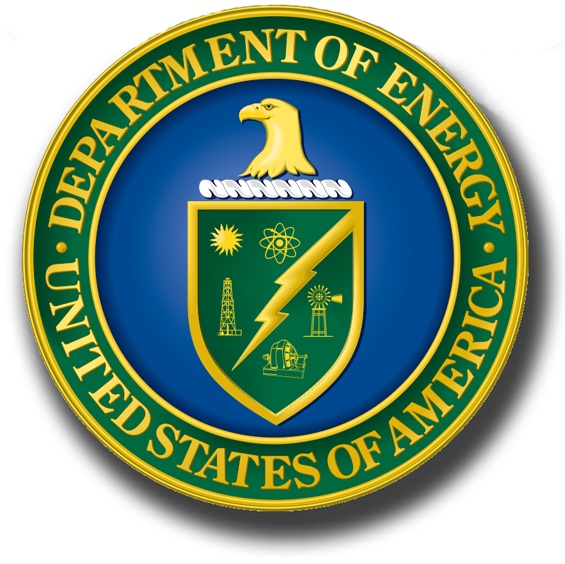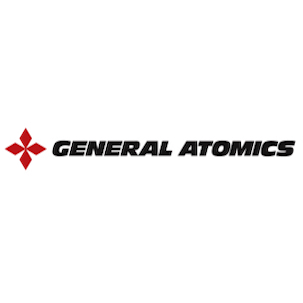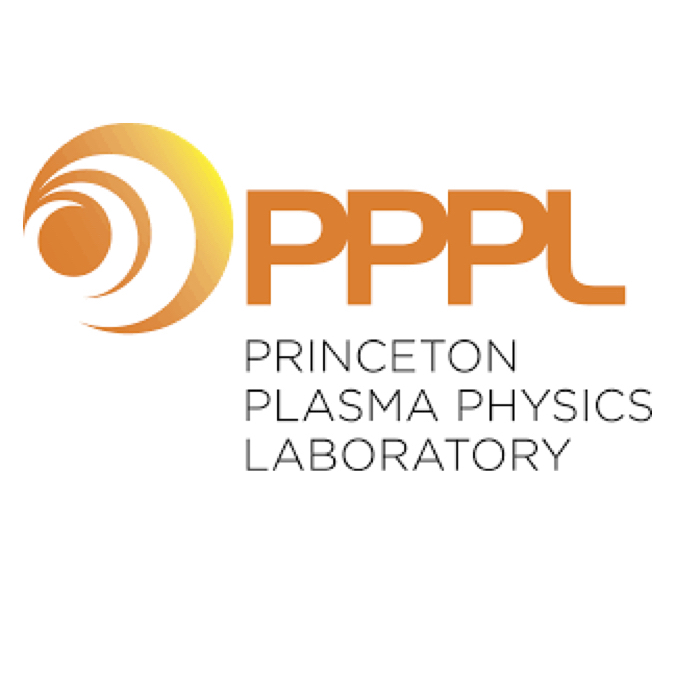Leveraging EC H&CD Spatial Variation for Enhanced Regulation of Current Profile in Tokamak
S.T. Paruchuri, E. Schuster, A. Pajares
11th ITER International School on “ITER Plasma Scenarios and Control”
San Diego, California, USA, July 25-29, 2022
Next-generation tokamaks like ITER will be required to regulate multiple
plasma properties around predetermined optimal values to achieve stable
plasma confinement. Complex active control strategies may have to be
implemented in the Plasma Control System (PCS) to allocate the noninductive
powers and achieve the required control objectives. The presence of numerous
targets may force the controller to compete for noninductive powers, which
are constrained by the physical saturation limits. Enhancing the regulation
capability of noninductive drives may improve the regulation of plasma
properties. This work demonstrates a novel approach for enhancing controller
capability through active variation of the electron cyclotron heating and
current drive (ECH&CD) position. Traditionally, ECH&CD are fixed during
tokamak operation, i.e., the region of incidence of the waves generated
by ECH&CD is not varied. However, the incidence region can be updated
in real-time by varying the angle of wave reflecting mirrors. This work
presents novel methods for modeling the effect of ECH&CD position on plasma
dynamics. Furthermore, multiple control algorithms that exploit the ECH&CD
position as a controllable variable for the safety factor control problems,
including minimum safety factor regulation and local safety factor gradient
control, are also presented. The effect of ECH&CD position on the controller
capabilities is studied for a DIII-D tokamak scenario using nonlinear
simulations carried out in the Control Oriented Transport SIMulator (COTSIM).
The simulations illustrate that updating ECH&CH can prevent noninductive
power saturation in certain scenarios.
*Supported by the US DOE under DE-SC0021385.







